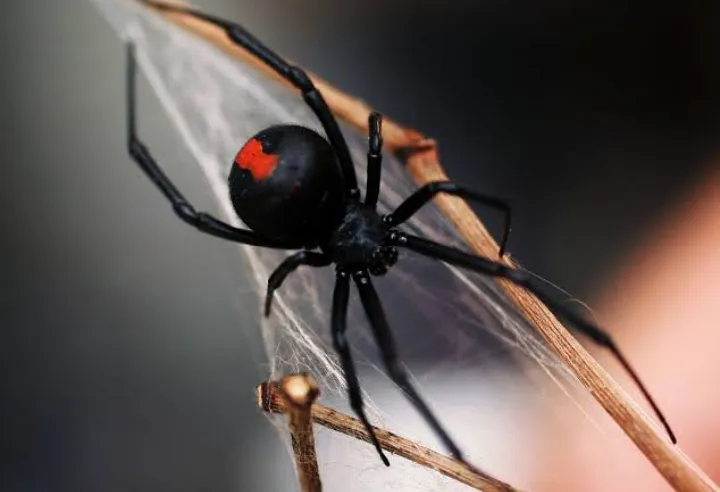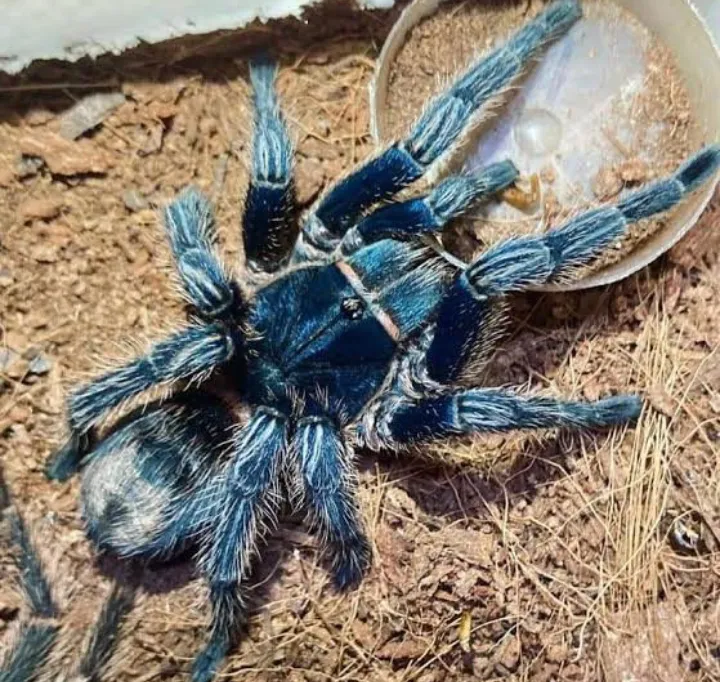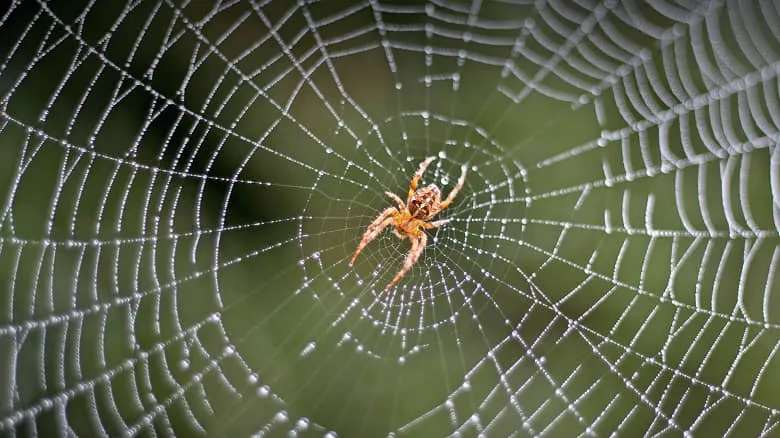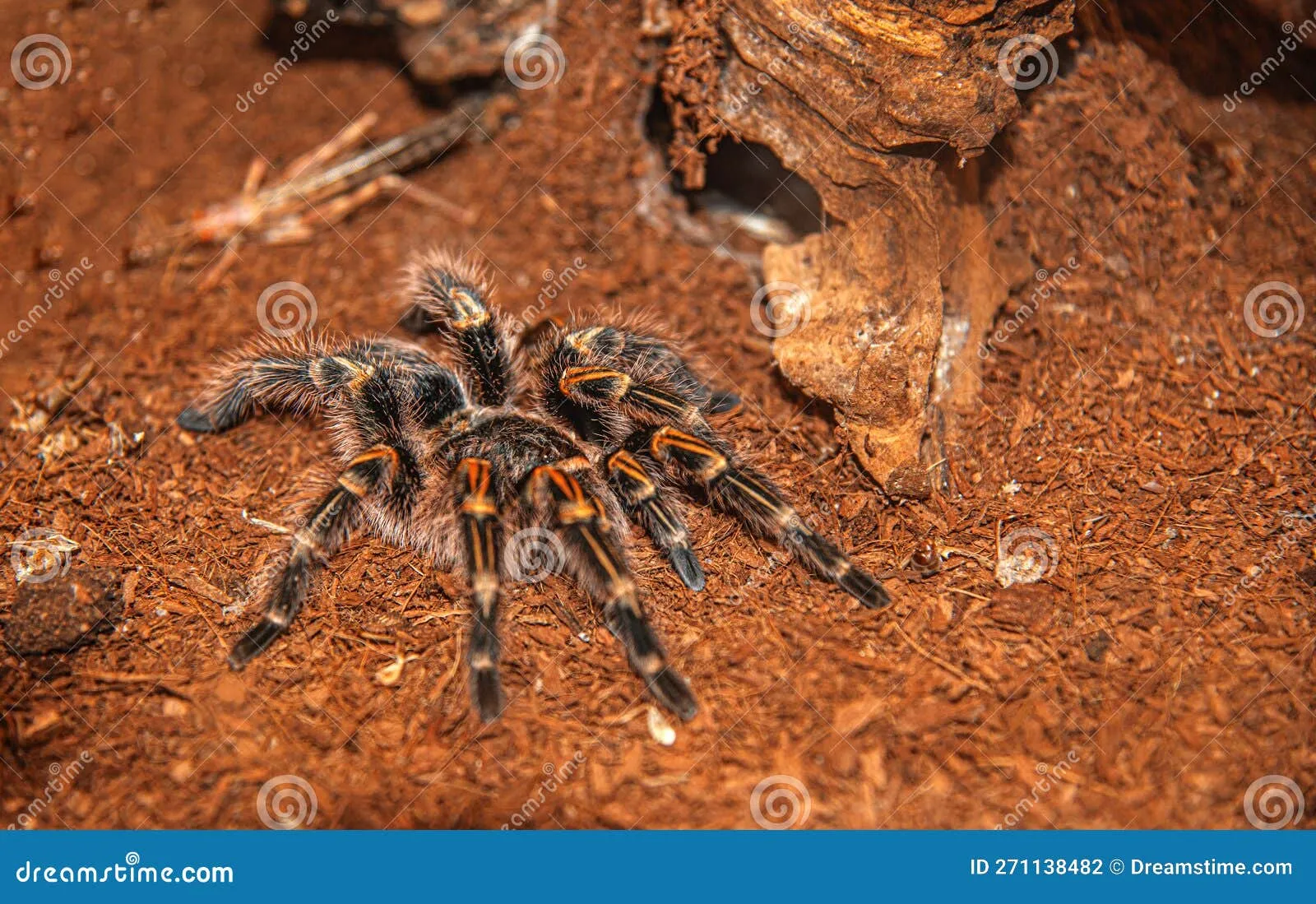Tarantula vs Spider 7 Amazing Facts!
The world of arachnids can be a fascinating and sometimes daunting place. Among the creatures that crawl within it, spiders and tarantulas often capture our attention, sparking curiosity and even a touch of fear. While both belong to the class Arachnida, they are not exactly the same. In this article, we’ll delve into the fascinating world of tarantulas and spiders, exploring their differences and similarities, and revealing 7 amazing facts that will change the way you see these creatures. Prepare to unravel the mysteries of these eight-legged wonders and discover the truth behind the age-old question Is a tarantula a spider?
What is a Tarantula
Tarantulas are large, hairy spiders belonging to the family Theraphosidae. They are known for their impressive size, often boasting leg spans of over 10 inches. These spiders are typically found in warm climates around the world, from the Americas to Asia and Africa. Their impressive size and often intimidating appearance have made them popular pets, although their bites can be painful. They are primarily nocturnal hunters, using their fangs to inject venom and subdue their prey. Tarantulas, with their diverse colors and patterns, provide a glimpse into the adaptability of life in various environments.
Physical Characteristics of Tarantulas

Tarantulas are characterized by their robust bodies, covered in a coat of dense hairs. These hairs serve various purposes, including sensory perception and defense. Their bodies are divided into two main parts cephalothorax and abdomen, with eight legs attached to the cephalothorax. They also possess chelicerae, or fangs, used to inject venom. Their size varies greatly depending on the species, with some being only a few inches across, while others can reach over a foot in leg span. Their coloration is also diverse, ranging from earthy browns and blacks to vibrant blues and oranges, adding to their visual appeal. (Image: tarantula-anatomy.webp)
Size and Appearance
The sheer size of tarantulas is one of their most striking features. Their leg spans can be quite impressive, often exceeding the size of a human hand. This, coupled with their hairy appearance, gives them a formidable look. Coloration varies significantly by species, with some displaying striking patterns and vibrant hues. These colors can serve various functions, from camouflage to attracting mates. Their appearance is an adaptation to their environment, aiding in both hunting and avoiding predators. The variety in size and appearance is a testament to the diversity within the tarantula family.
Habitat and Distribution of Tarantulas
Tarantulas are found in a wide range of habitats, primarily in tropical and subtropical regions around the world. They are common in the Americas, Africa, Asia, and Australia. Their habitats range from rainforests and grasslands to deserts, with some species even burrowing underground. They are adapted to their environments, with their coloration and behavior often reflecting the specific challenges and opportunities of their habitat. The diversity of their distribution highlights the adaptability of these creatures. (Image: tarantula-habitat.webp)
Tarantulas Behavior and Lifestyle

Tarantulas are primarily nocturnal hunters, spending their days in burrows, under rocks, or in other sheltered locations. They are ambush predators, waiting patiently for prey to come within striking distance. Their diet consists mainly of insects, but they can also consume small vertebrates like lizards and mice. They use their chelicerae to inject venom, immobilizing their prey. Tarantulas also have unique defense mechanisms, such as the ability to flick urticating hairs, which can cause irritation to predators. Their lifestyle is a fascinating combination of patience, stealth, and powerful predatory skills.
What is a Spider
Spiders, in general, are a diverse group of arachnids, encompassing tens of thousands of species found in nearly every terrestrial habitat on Earth. They are characterized by their ability to produce silk, which they use for building webs, creating egg sacs, and other purposes. Spiders exhibit a wide range of sizes, shapes, and behaviors, making them one of the most successful and adaptable animal groups. Their ecological roles are also diverse, from predators to prey, playing a crucial part in the balance of ecosystems. They are present in nearly all terrestrial habitats, from the tropics to the arctic, demonstrating incredible adaptability. (Image: spider-anatomy.webp)
Physical Characteristics of Spiders
Spiders share the fundamental arachnid body plan with tarantulas, including a cephalothorax and abdomen, eight legs, and chelicerae. However, spiders exhibit a greater diversity in body shape and size. Many spiders have smaller bodies and longer legs, adapted for web-building and fast movement. Their coloration also varies significantly, often blending into their environment for camouflage. Some spiders have specialized features, such as spinnerets for producing silk and modified legs for hunting or climbing. Their adaptations are as diverse as the habitats they occupy, showcasing their remarkable evolutionary success.
Size and Appearance

Spiders come in a vast array of sizes, from tiny species barely visible to the naked eye, to larger ones with leg spans comparable to those of small tarantulas. Their appearance is equally varied, with colors and patterns that allow them to blend into their surroundings or to warn potential predators. Some have smooth bodies, while others are covered in hairs, spines, or other modifications. This diversity in size and appearance is a result of the wide range of environments and lifestyles that spiders have adapted to. Their appearance is a testament to their incredible adaptability and diversity.
Habitat and Distribution of Spiders
Spiders have colonized nearly every terrestrial habitat on Earth, from deserts and forests to grasslands and mountains. They are found on every continent except Antarctica, showcasing their remarkable adaptability. Their distribution reflects their diverse lifestyles and food sources. Some build webs in specific locations, while others are ground hunters or ambush predators. The habitats they occupy are as varied as the spiders themselves, demonstrating their ability to thrive in a multitude of conditions. (Image: spider-habitat.webp)
Spiders Behavior and Lifestyle
Spiders exhibit a wide range of behaviors, reflecting their diverse hunting and survival strategies. Many spiders are web-builders, using their silk to construct intricate traps to catch prey. Others are active hunters, pursuing their prey on the ground or in vegetation. They exhibit complex behaviors, from mating rituals to parental care. The diversity in behavior makes them fascinating subjects of study. Some spiders are solitary, while others live in colonies. This variation in their lifestyle showcases the adaptability of spiders. (Image: spider-web.webp)
7 Amazing Facts

Fact 1 Taxonomy of Spiders and Tarantulas
Both tarantulas and spiders belong to the class Arachnida, but they are classified into different infraorders within the order Araneae. Tarantulas are part of the infraorder Mygalomorphae, while most other spiders belong to the infraorder Araneomorphae. This difference in classification highlights their evolutionary divergence and the unique characteristics that distinguish them.
Fact 2 Physical Differences
Tarantulas are generally larger and hairier than most other spiders. They also have a more robust body structure and typically have two pairs of book lungs (organs used for breathing), compared to the one pair found in many other spiders. Their fangs are also larger and point downward, while the fangs of other spiders are typically smaller and point inward.
Fact 3 Venom and Bite

While all spiders, including tarantulas, produce venom, the venom of most tarantulas is not considered highly dangerous to humans. Their bites can be painful, but are typically not life-threatening. Other spiders, however, such as the black widow and brown recluse, possess venom that can cause serious health problems. This fact underscores the importance of identifying different types of spiders and knowing how to react to their bites.
Fact 4 Habitat and Lifestyle
Tarantulas are often ground-dwelling spiders, living in burrows or other sheltered locations. They are ambush predators, waiting for prey to come within range. Many other spiders, however, are web-builders, constructing intricate webs to trap their food. These spiders actively hunt or ambush prey, exhibiting diverse hunting strategies.
Fact 5 Size and Appearance
Tarantulas are among the largest spiders in the world, with some species having leg spans of over 10 inches. In contrast, many other spider species are much smaller. Their hairy appearance and robust bodies also distinguish them from other spiders, which often have smoother bodies and longer, thinner legs. (Image: tarantula-eating.webp)
Fact 6 Diet and Feeding Habits

Tarantulas typically feed on insects, but they can also consume small vertebrates, such as lizards and mice. They use their chelicerae to inject venom to subdue their prey. Other spiders have varied diets, consuming a wide range of insects and sometimes other spiders. They capture their prey using different hunting techniques, depending on their species and environment.
Fact 7 Common Misconceptions
One common misconception is that all spiders are deadly. While some spiders have venom that is dangerous to humans, most are not. Another misconception is that all tarantulas are aggressive. In reality, tarantulas are often docile and prefer to avoid confrontation. They are not inherently aggressive to humans. Another is that all spiders build webs. Actually, many spiders actively hunt their prey. Understanding these facts can help dispel fears and promote a more accurate understanding of these creatures.
Conclusion
In conclusion, while all tarantulas are spiders, not all spiders are tarantulas. Tarantulas represent a specific family within the vast and diverse world of spiders. They share some fundamental characteristics, such as eight legs and the ability to produce venom, but they also exhibit significant differences in size, appearance, habitat, and behavior. The study of these amazing creatures offers insights into the incredible diversity and adaptability of life on Earth. Hopefully, you learned some amazing facts about these fascinating arachnids.
